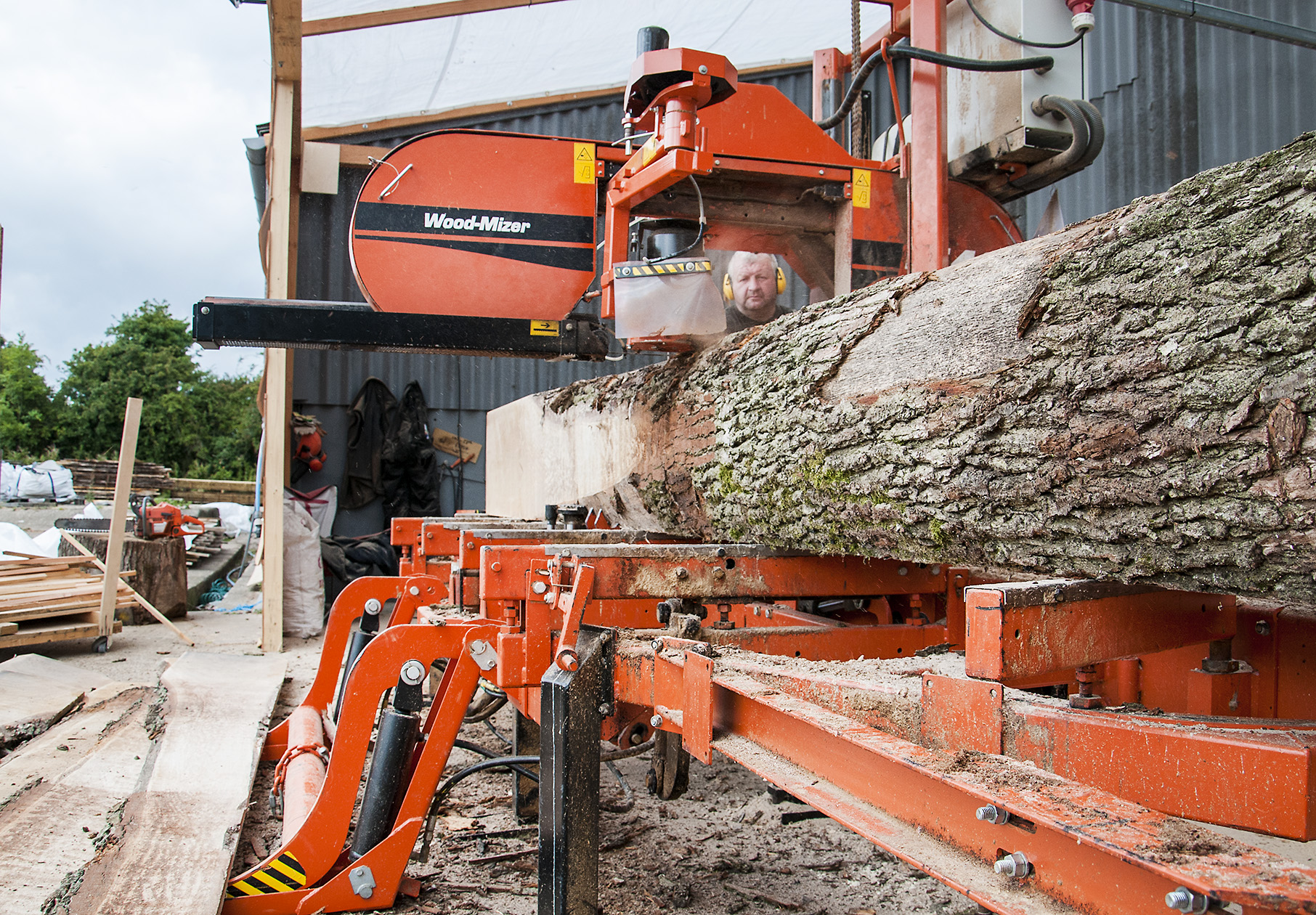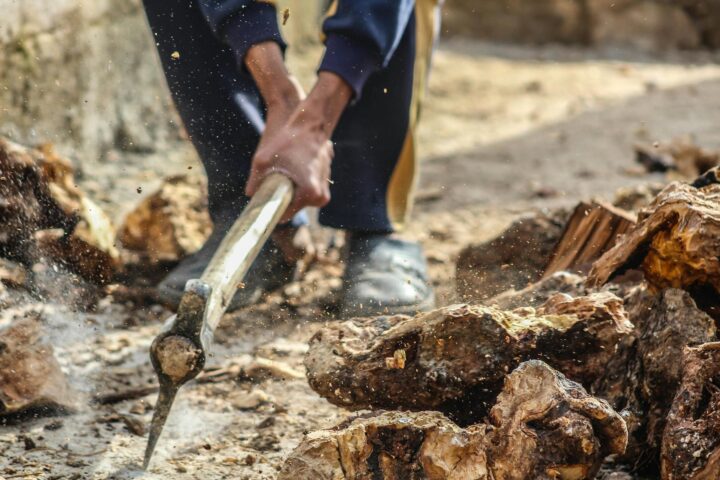-
How Sawmills Are Changing Forestry
Sawmills play a significant role in the evolution of forestry. Originally created to cut logs into lumber, they are now adapting to meet the needs of the modern landscape. In this short blog post, we’ll look at four ways in which sawmills are changing forestry for the better.
1. Reduces waste and produces a higher yield
Sawmills use specialized equipment, such as computer-controlled cutting systems and automated sorting and grading systems, to cut logs into specific sizes and shapes with minimal waste.
Computer-controlled cutting systems use sensors and algorithms to accurately measure and cut logs into the desired sizes and shapes. Automated sorting and grading systems can also help to improve efficiency and accuracy by automatically separating logs into different categories based on factors such as size, species, and quality.
The use of these advanced technologies and machinery allows sawmills to process wood more efficiently and accurately, resulting in a higher yield of usable wood and reduced waste. This helps to increase the overall efficiency and sustainability of the forestry industry.
2. Reducing carbon footprint
Many sawmills are implementing sustainable practices into their operations, such as using renewable energy sources and implementing waste reduction and recycling programs.
Using renewable energy sources like solar or wind power to run sawmill machinery can help reduce the carbon footprint of sawmill operations and reduce reliance on fossil fuels. Implementing waste reduction and recycling programs can further help sawmills minimize their environmental impact by reducing the amount of waste generated and maximizing the use of resources.
The incorporation of sustainable practices into sawmill operations helps promote environmental responsibility and sustainability in the forestry industry. This can also have positive economic impacts, as consumers are increasingly seeking out sustainably produced wood products.
3. Using advanced technologies to optimize operations
Sawmills are also driving innovation in the forestry industry through the use of advanced technology and machinery. This may include the use of robotics, artificial intelligence, and other advanced technologies to automate and optimize various aspects of the sawmill process. Technological innovations have enabled sawmills to increase their efficiency and accuracy, saving time and money in the process.
Sawmills utilize various sensors and automation technologies to measure material quality and ensure that only high-quality lumber is processed. Several tech-savvy sawmills also use virtual and augmented reality technologies to train employees, design and test new equipment, and visualize and optimize production processes.
4. Generates employment
Sawmills provide many economic benefits to the communities they operate in. Sawmills help improve infrastructure and increase tax revenue for the town. Communities also benefit from the increased property values that are associated with a sawmill.
They create jobs and contribute to the local economy through the production and sale of wood products. Sawmills also play a role in the global forestry industry, which generates billions of dollars in revenue each year.
If you are interested in sustainable forestry management, consider contacting Green Ridge Forestry. As a forestry management company that employs sustainable practices, Green Ridge Forestry can help you find responsibly harvested timber.




